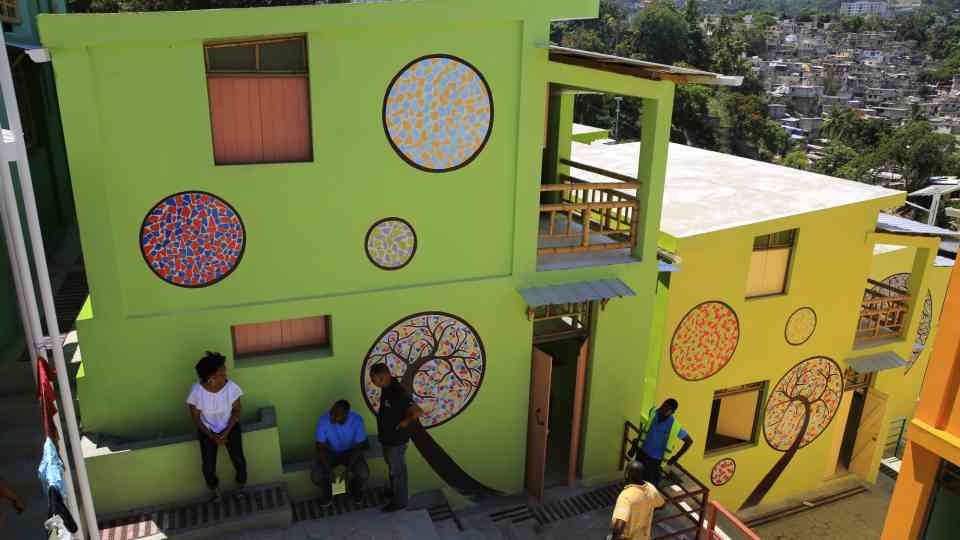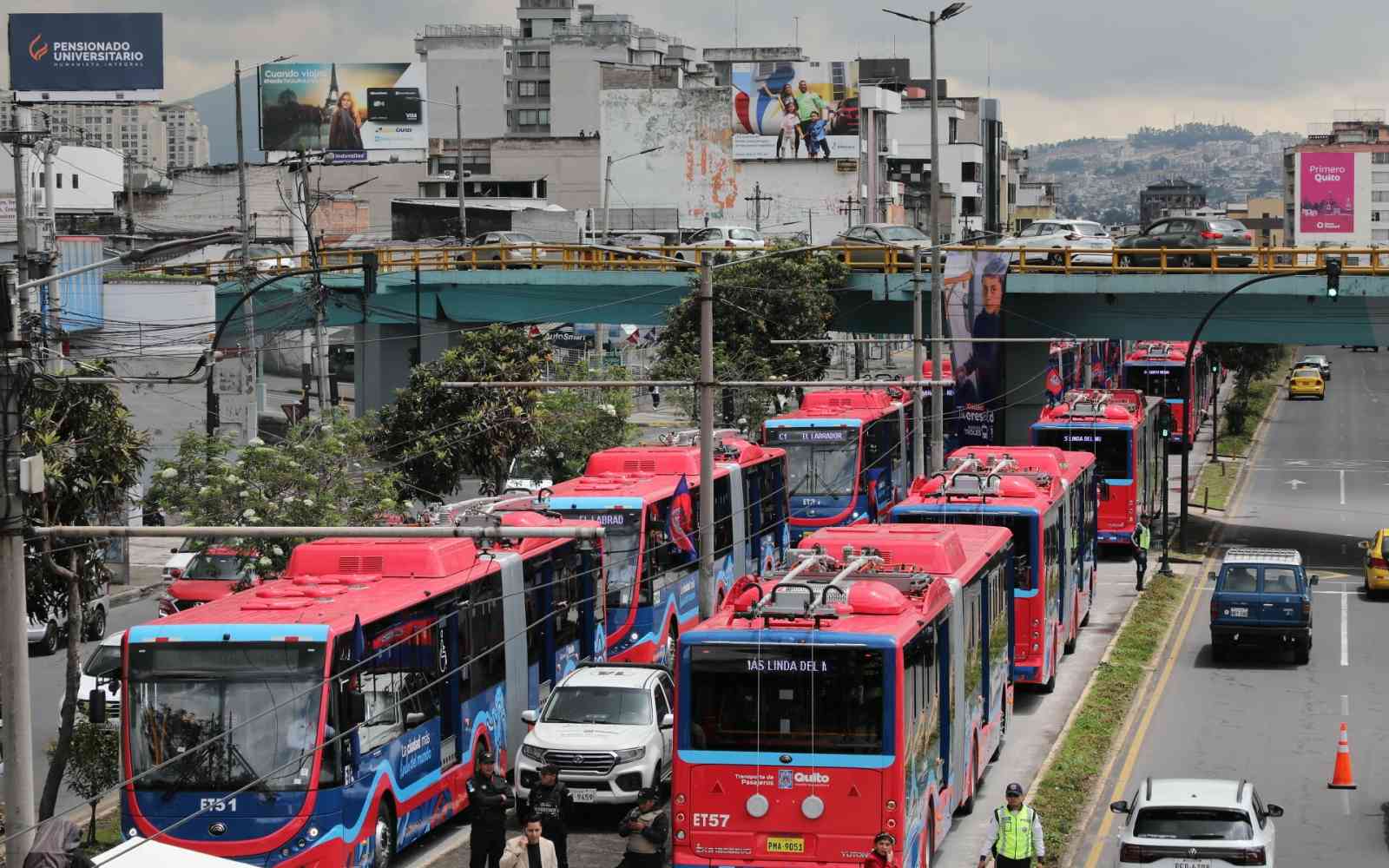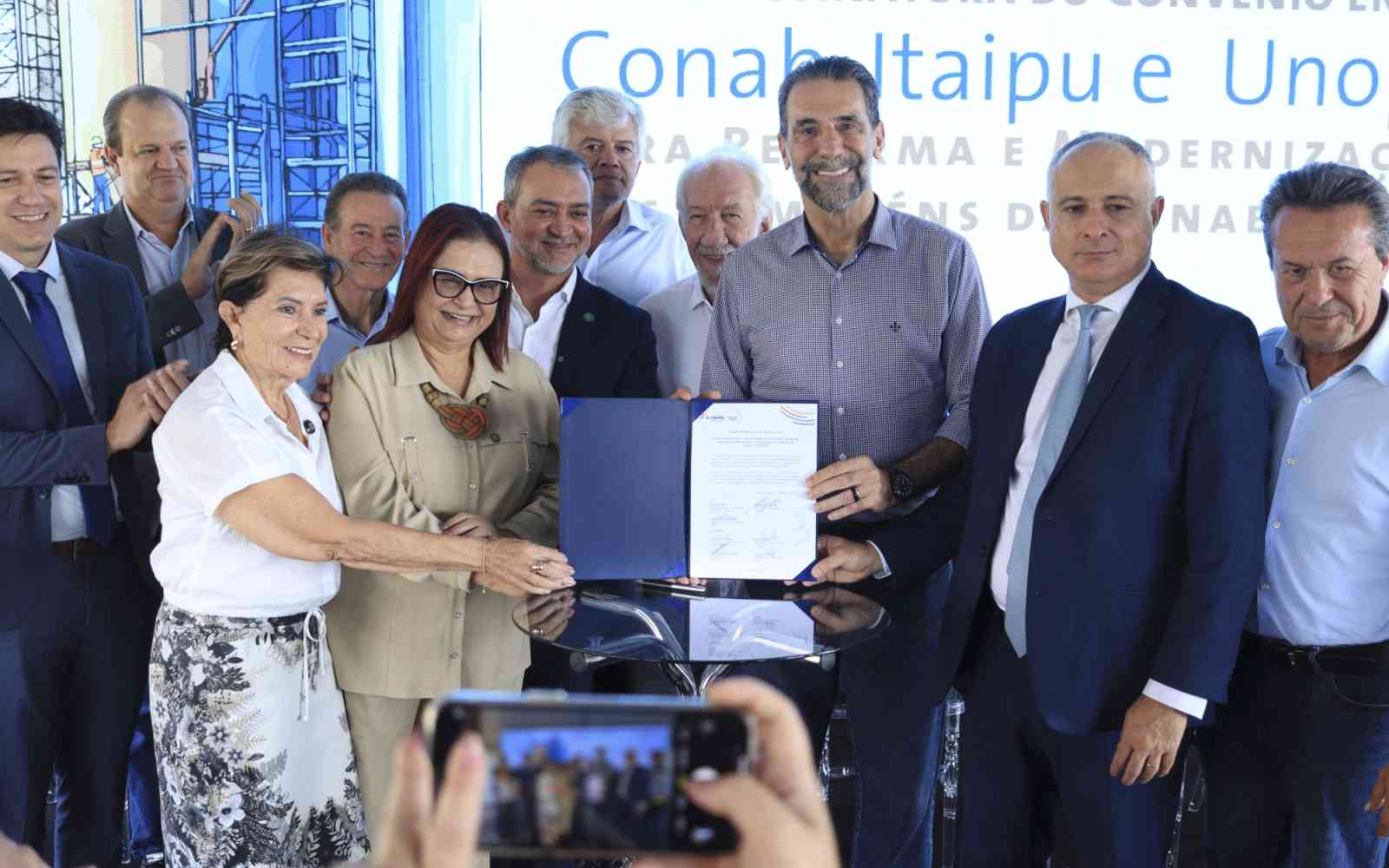The United Nations Office for Project Services (UNOPS)
Building a more resilient Haiti

A large-scale reconstruction project is benefiting more than 33,000 Haitian families whose neighbourhoods were destroyed by the 2010 earthquake.
The earthquake – one of the biggest disasters to hit an urban area – killed over 220,000 people and left over one million people homeless.
In 2011, a project was launched to shut down six of the camps for internally displaced people and resettle those living there into 16 newly rehabilitated neighbourhoods, with funding from the Haiti Reconstruction Fund.
The 16 Neighbourhoods/Six Camps (16/6) project is being jointly implemented by the United Nations Development Programme, the International Labour Organization (ILO), the International Organization for Migration and UNOPS, with leadership from the Government of Haiti.
UNOPS was selected to design and implement low-income housing and infrastructure works in eight of the neighbourhoods, with a budget of over $16 million.
Stepping away from simple construction, UNOPS approach considers resilient housing and infrastructure as a foundation for generating productive, self-sustainable environments and communities.
UNOPS work in the 16/6 project is an example of disaster risk reduction best practice, which can be replicated in other areas of Haiti or applied to reconstruction efforts in similarly precarious locations.
Background
As low income neighbourhoods in Port-au-Prince were in the past often established on steep hillsides with little or no planning and using poor quality construction materials, many were severely affected by the earthquake.
More than half of the houses in the 16 neighbourhoods selected for rehabilitation suffered partial or heavy damage from the earthquake due to a lack of seismic standards.
Many residents in these high density neighbourhoods had little choice but to resettle in the camps nearby, including Place St. Pierre, Place Boyer, Primature, Canape Vert, Stadium Silvio Cator and Mais Gate, which are now closed.
During the emergency phase immediately following the earthquake, UNOPS repaired more than 800 houses and constructed over 1,500 shelters in various informal neighbourhoods of the capital. Working closely with the Government, UNOPS conducted more than 400,000 building assessments, earning respect as a trusted and experienced partner for infrastructure projects in Haiti’s most vulnerable neighbourhoods.

Building back better
In the 16/6 project, UNOPS is responsible for repairing and rebuilding damaged houses so that they satisfy risk mitigation standards, as well as improving community infrastructure, such as sanitation and waste management facilities, footpaths and access to drinking water and other utilities. UNOPS has already repaired more than 1,200 homes and aims to build 750 new houses in some of the most complex neighbourhoods of Port-au-Prince.
With sustainability always a priority, UNOPS trained the home-owners in construction techniques, to help them continue to maintain their own houses in the future, in line with the local culture.
As only around 40 percent of people in Haiti pay for electricity – many are hooked up illegally to electrical and water supplies – UNOPS has assisted with the establishment of community-led councils to take responsibility for water, electricity and waste management and sanitation. The initiative is helping residents to change their habits and better understand the concept of paying for these services.
To combat gang violence in the neighbourhoods under rehabilitation, UNOPS helped make residents feel safer by installing hundreds of solar streetlights and constructing the new houses in accordance with good public space management to help alleviate social problems.
The project created more than 15,000 working days and UNOPS hired 95 percent of its workforce from the local community. Local companies were contracted and more than 150 construction workers trained, in collaboration with ILO.
UNOPS and its partners kept residents involved during project design and implementation through door-to-door surveys and community meetings.
As the 16/6 project is a joint collaboration between four implementing organizations, a centralized monitoring system was established to help coordinate the work. This demonstration of the United Nations' objective to 'deliver as one' made it possible to share data and other information on the project, which started in August 2011 and is scheduled for completion in August 2013.













